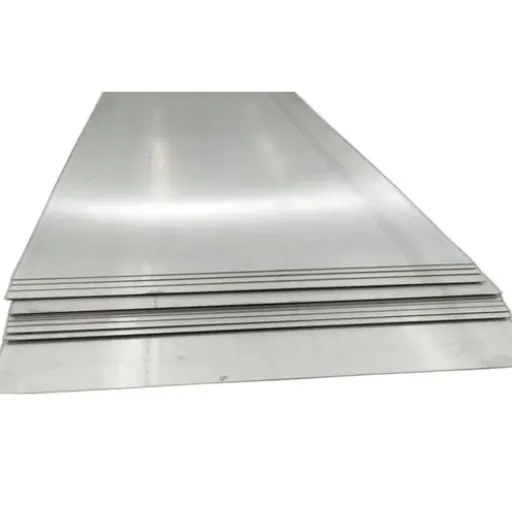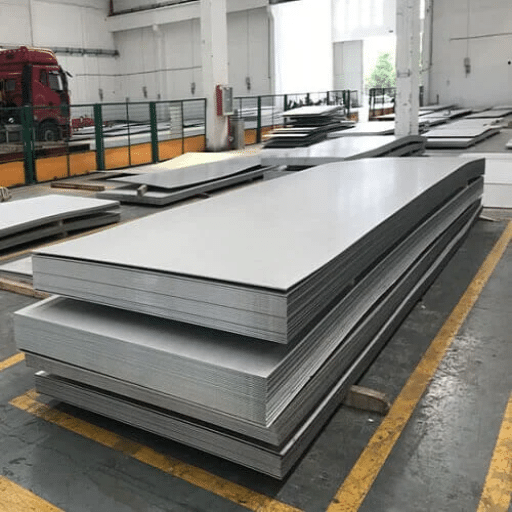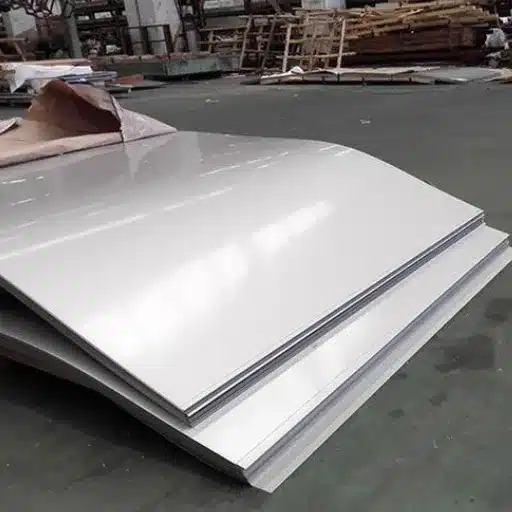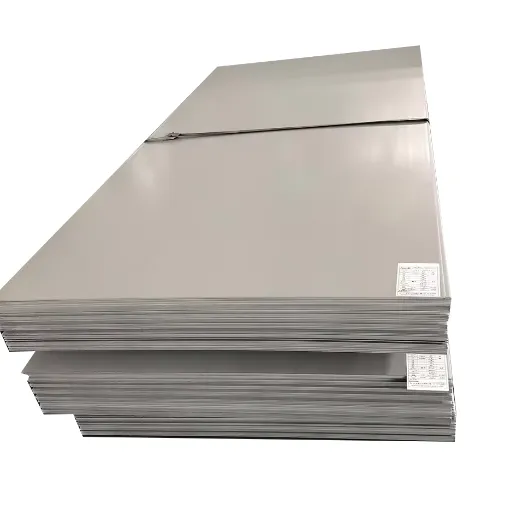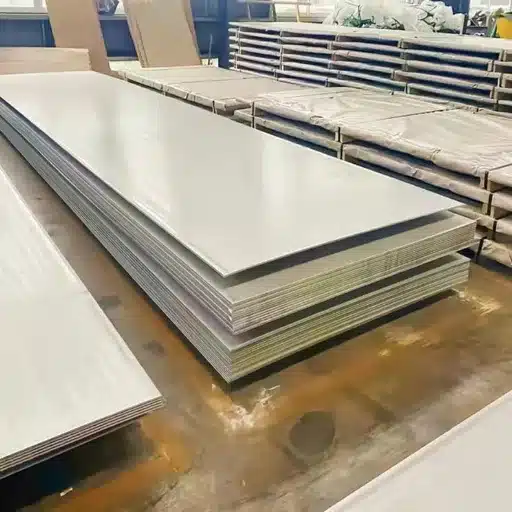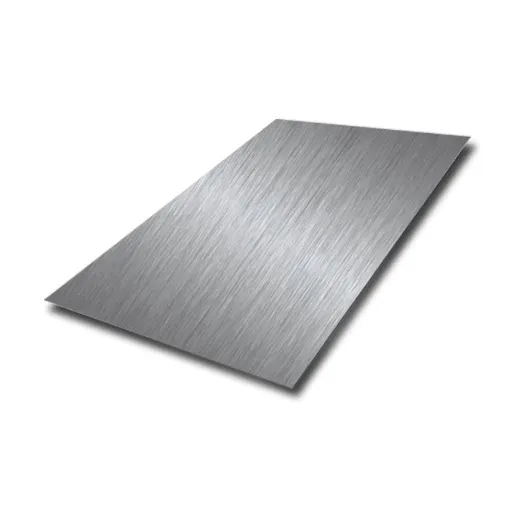Steel thickness is a major consideration when it comes to construction, manufacturing, or any other projects to be accomplished, to ensure the highest durability, strength, and suitability for the purpose at hand. In the category of steel gauges, 14-gauge steel has traditionally been a popular choice for its perfect balance of strength and versatility. But what is this 14-gauge exactly all about? And what is its thickness? How important is that measure in your projects? This article will clear up any doubts people might have about steel gauge measurements, with a focus on 14-gauge steel thickness and its applications. The article also examines working with structural frames, industrial equipment, and custom metalwork, enabling the reader to make informed decisions about steel selection. Stay tuned for some interesting information about 14-gauge steel, including its size, dimensions, and everyday applications.
What is 14 Gauge Steel?
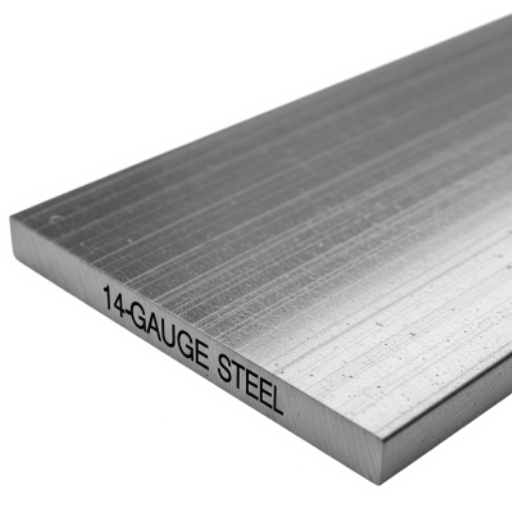
In construction, manufacturing and metalworks, 14-gauge steel is a steel of a certain thickness. It is 0.0747 in. (1.897 mm) nominal in thickness. At this thickness, it has nearly equal strength and flexibility for items that require a little of each, such as metal studs, durable frames, and sheet metal fabrication. Its strength, coupled with flexibility, has made it a very versatile steel and hence popular in almost every industry.
Definition of Gauge and Gage
The terms “gauge” and “gage” have often been used interchangeably, but both imply some standard or system by which materials may be sorted according to thickness, size, or capacity. Regarding steel, a gauge represents a measure of material thickness, with higher gauges indicating thinner steel and lower gauges indicating thicker steel; for example, 14-gauge steel is much thicker than 20-gauge steel. Such measurements in industries like construction and metalworking are very crucial to precise dimensions for the actualization of structural integrity and performance. Knowledge of gauge standards enables users to select materials suitable for specific applications, thereby promoting safety, durability, and increased working efficiency.
Understanding Steel Sheet Thickness
Steel sheet thickness is the measure of how thick is a flat steel sheet, which is mostly expressed in millimeters or inches. This feature becomes paramount in deciding against its strength, flexibility, and suitability for any given application. The classification of steel sheets goes by a specific gauge number, whereby a lesser gauge number relates to a thicker sheet, while a greater gauge number denotes a thinner sheet. Typically, ranges for steel sheet thickness vary somewhat depending on the kind of steel being used, but will usually range between 0.018 inches (26-gauge) and 0.25 inches (3-gauge). The thinner sheets, on the other hand, provide flexibility and efficient lightweight were put to use in automotive panels, while the thicker sheets are more suitable for structural applications that require a strength and durability factor, such as bridges or building frameworks.
14 Gauge Thickness in Inches and Millimeters
For 14-gauge steel, the usual thickness is 0.0747 inches. Because of converting it into metric measurement, one would realize the inches equal approximately 1.897 millimeters. It is also worth mentioning that the dimensions vary very slightly, depending on the type of steel or processes involved in its production, e.g., steel used for construction purposes might have to meet a slightly different criterion than steel used for automotive or appliance-making. Knowing such dimensions will make it easier for applications in different industries, mostly requiring these dimensions for strength and mere functionality based on specific requirements of the project at hand.
Measurement and Inspection of Steel Thickness
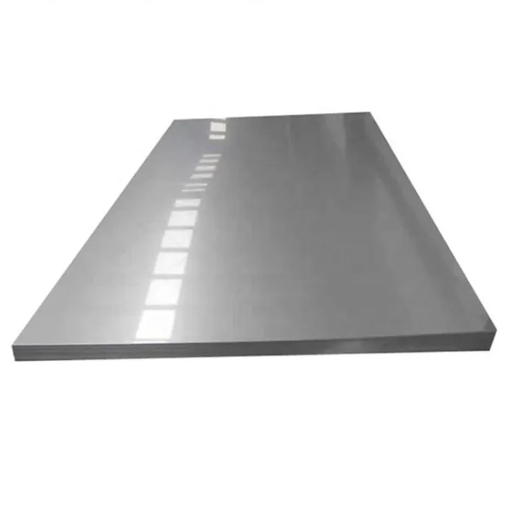
The measurement of the thickness of steel is done using a chart-thin to measure thin, steel calipers, micrometers, or ultrasonic thickness gauges, depending upon how much precision is needed or upon the needs of the project. In cases where the material is thin or quite accessible, a caliper plus micrometer will work very well to give a quick answer, whereas an ultrasonic would do better in measuring through coating or surface irregularities when handling a thick or inconspicuous area of measurement. Accuracy can be improved by taking thickness measurements at various points on the steel surface and finding their average because slight variations could result from tolerance differences during manufacturing. Failure to carry out the calibration of the measuring tool means that they could give inaccurate or unreliable results.
How Gauge Measurement Works
A gauge measures thickness with an emphasis on precision and repeatability to achieve high accuracy in the results. Mechanical measuring aids such as calipers and micrometers use direct contact to measure the distance or thickness, yielding a direct reading. Ultrasonic measuring devices work in an entirely different way. U-shaped transducer applications will generate high-frequency sound pulses traveling through a material and reflecting back after hitting the far surface. Then the thickness is calculated from the elapsed time between the transmissions of said pulses and their reception. A few things may affect the reading, such as the density of the material, surface conditions, and temperature, so adjustments and calibration are of great importance. Thanks to all recent advances in digital technology, when we have newer measurement systems combined with an LCD display, automatic calibration, and data logging guarantees with all the fuss-free operation, we end up with the highest degree of reliability.
Using a Steel Gauge Thickness Chart
These charts are best for use in specifying the thickness of steel sheets or plates as may be needed in construction, manufacturing, or engineering projects. They offer a standard method of measurement while correlating the gauge with the thickness expressed in inches or millimeters. For example, 16 gauge steel usually means 0.0598 inches, or 1.519 millimeters, though a variety of different materials and metals may mean slightly different ratings. These charts then allow for conformity to specific needs, maybe load value, bend tolerance, or interface with other parts. Used alongside an up-to-date list of industry standards and material specifications allows even greater precision and ensures smooth project organization.
Tolerance Levels in Steel Thickness
Applications of 14 Gauge Steel

- Automotive Industry
- 14-gauge steel is used chiefly in chassis constructions for automobiles, truck beds, and also in structural components, being able to resist impacts due to its weight-to-strength ratio.
- It is said that with 14 gauge steel, there is enough rigidity while keeping the costs of production down as well as weight reduction.
- Construction and Building
- Used for roofing, wall framing, and structural panels, 14-gauge steel ensures long-term durability of buildings.
- The high tensile strength and corrosion resistance make it perfect for metallurgical exposure and weather load applications.
- Agricultural Equipment
- According to farming, it finds great use in structures, tools, and machinery, e.g., grain bins and livestock feeders.
- The resilience and moderate thickness make it about right to bear heavy usage under harsh environments.
- Furniture Manufacturing
- 14-gauge steel is found in furniture frames, storage cabinets, and shelving systems, giving them a superlative and sturdy structure.
- Its close tolerance levels facilitate production with finely fitting and custom options.
- Industrial Fabrication
- It gets a broader scope in making enclosures, toolboxes, and industrial equipment.
- Its malleability provides fabrication flexibility while retaining structural integrity.
- Home Improvement Products
- This steel is used in metal fences, gates, and handrails for its strength and visual appeal.
- Powder coating or galvanization enhances its resistance to wear and environmental factors.
All these applications give 14-gauge steel a wide array of applications. Due to its sheer economy, ability to be recycled, and proven performance, it stands as one of the materials most relied upon by both commercial and residential projects.
Construction and Structural Uses
Manufacturing Applications
- Automotive Industry
-
- Used in manufacturing car frames, body panels, and some structural reinforcements.
- Gives weight-efficient strength, which in turn helps fuel efficiency.
- Data Example: According to industry reports, approximately 60% of an average car’s body structure involves components made from steel, with 14 gauge being a common choice for reinforcements.
- Construction and Building Materials
-
- Used in construction for making steel studs, trusses, and joists for framing buildings.
- Often used for roofing and wall panels to withstand environmental stresses.
- Data Example: Research indicates that steel accounts for 16% of the global construction material market, a notable portion of which includes 14 gauge thickness.
- Appliance Manufacturing
-
- Meet the world of producing durable appliances such as refrigerators, ovens, and washing machines.
- Provides the appliances with the needed resistance to everyday wear and tear in family usage.
- Data Example: Research says that steel use for appliances crosses over 7 million tons per annum, indicating its importance in this sector.
- Agricultural Equipment
-
- Commonly used in creating sturdy machinery like plows, harvesters, and grain bins.
- Gives the strength required to face heavy-duty usage, being harsh in nature.
- Data Example: Reports highlight steel, including 14 gauge variants, as a key material in 80% of modern farming equipment.
- Furniture and Storage Solutions
-
- For the manufacturing of industrial shelving, filing cabinets, and office furniture.
- Known for its durability and can support loads that require enormous weight.
- Data Example: Steel-based furniture demand will grow by 5% per annum owing to the requirements of industrial and commercial storage.
Comparison of 14 Gauge Steel with Other Gauges
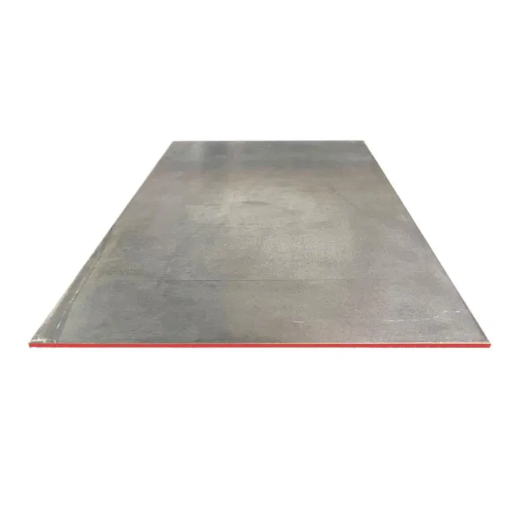
14 gauge steel is thicker and stronger compared to higher gauge numbers, such as 16 or 18 gauge, making it a better choice for applications requiring greater durability and structural integrity. For example, this sort of equipment is often used in furniture that has to sustain considerable loads. Conversely, it has still lower gauge numbers, such as 12-gauge steel, which is even thicker and is generally selected for heavy-duty applications such as industrial machinery or building support.
Key Differences:
- Thickness: The thickness of a 14-gauge steel is 0.075 inches, which makes it versatile in various applications where it is used.
- Strength: 12 gauge gives more rigidity while 14 gauge is the middle ground between weight and performance.
- Weight: Higher gauges (example 16, 18) are lighter and are ideal for applications where being mobile or being lighter in the frame structure is needed.
Difference Between 14 Gauge and 16 Gauge
|
Key Point |
14 Gauge |
16 Gauge |
|---|---|---|
|
Thickness |
Thicker, about 0.0747 inches |
Thinner, about 0.0598 inches |
|
Strength |
Stronger and more rigid |
Slightly less robust |
|
Weight |
Heavier, adds durability |
Lighter, easier to handle |
|
Applications |
Heavy-duty or structural uses |
Light-duty or decorative uses |
|
Cost |
Typically more expensive |
Generally more affordable |
|
Cutting Difficulty |
Harder to cut or shape |
Easier to cut and manipulate |
|
Corrosion Resistance |
Similar if material is the same |
Similar if material is the same |
|
Common Uses |
Furniture, frames, industrial tools |
Automotive parts, light furniture |
Strength and Durability Comparisons
Strength and durability depend highly on the choice of material because it directly impacts the application and what it bears over time. In that regard, steel- by far the stoutest-will be selected for heavy applications like structural frameworks and industrial tools, as it remains under considerable tensile forces and does not deform, for construction and load-bearing applications.
On the far end of the spectrum, the aluminum features maintain a compromise between durability and being lightweight. It is less dense than steel, but with advances in alloy technology, its strength has been enhanced so that it is now used in very high-performance arenas like aerospace and automotive. On the other hand, aluminum lacks iron content, which means it does not rust, yet develops an oxide layer that prevents corrosion and gives it the edge in any exposure scenario demanding longevity.
Whatever the decision is, choosing steel or aluminum will basically depend on the specific criteria, such as weight restrictions, exposure to the environment, and several applications for which it is suitable. Every material has its own advantages; awareness of their properties will definitely lead to a satisfactory performance and cost-efficient decision.
Choosing the Right Steel Gauge for Your Project
Depending on the project and the factors under consideration, selection of the interest gauge will then largely depend on those factors, all related to the strength of the material, application requirements, and fabrication process. Lower gauge means thicker steel. For instance, 10-gauge steel is thicker and sturdier than 20-gauge steel, making it suitable for load-bearing applications or structural components. Conversely, higher gauge steel is thinner and more flexible, making it ideal for applications where precision and weight reduction are crucial, such as automotive panels or HVAC ducts.
Factors to Consider When Selecting Steel Thickness
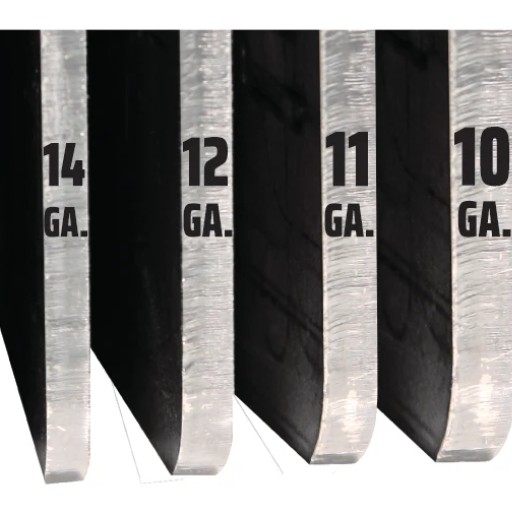
- Load Requirements
Referring to the expected weight or force to be supported by the steel. The greater the steel thickness necessary for the heavier aids in steel support for the heavier load, the thinner must suffice for steel support for lighter applications.
- Environmental Conditions
As for the exposure to moisture, temperature changes, or any corrosion, these should be considered as well. Thicker steel may be required for harsher environments, or at least steel with some protection will need to be employed (e.g., galvanized steel).
- Application Purpose
Identify the usage, whether it is for structural support, fabrication, or decorative works. The intended use will surely indicate the thickness needed for the work.
- Cost Efficiency
Balance the thickness with the budget of the project. Thinner steel may make sense in this regard, but it may need added treatment or support in the long run to keep its durability.
- Regulatory Standards
Comply with the appropriate codes as well as industry standards. This must include verification of thickness ratings so that it will meet all required standards for safety and performance.
Project Requirements and Specifications
While defining the project requirements, it is essential to make sure the studies are comprehensive and take account of existing industry standards, thus ensuring concern for both accuracy and applicability. Material properties such as tensile strength, corrosion resistance, and thermal performance need to be balanced against the probable environmental situation throughout use. For example, in projects to be undertaken where extreme weather conditions will be expected will demand materials and design that can sustain high stress and fluctuating temperatures over some time.
Another important thing to consider while choosing quality materials that fit the recent advancements in manufacturing is that they, in fact, guarantee reliability in the long term. Use technology-empowered tools to determine exact dimensions, track tolerances, and predict performance-based duration. These could bring enhancements in functionality and cost savings from perspectives offered by recent innovations around the industry. Thusly, it translates to an easy-to-execute plan and great performance throughout every step of the project cycle.
Cost Considerations for Different Gauges
Besides consideration of costs, computing implements can examine variables such as material type, thickness, and application required, which will dictate the type of steel gauge. Thin gauges usually cost the least because it is a less material-intensive process. But thin steels pose more risk in durability and structural integrity and are hardly used in environments subject to extreme pressures. Thick gauges, on the other hand, offer the utmost strength and durability but are higher in price; thus, they are the best ones to be applied on construction or heavy machinery.
For instance, the use of thinner gauges for stainless steels can greatly reduce cost while maintaining corrosion resistance for kitchen appliances and lighter manufacturing purposes, whereas thicker gauges are used for industrial purposes with steels or aluminum and come with a huge upfront cost but are able to provide returns on investment in the long term by reducing repair and replacement incidences.
One must understand the characteristics of a material and monetary value if an optimization is to be achieved in the budgeting process. By learning recent developments in material science and advanced manufacturing technologies, the company can identify those gauges that lie in the middle ground of cost versus performance, which fast-track the efficiency of an entire project.
Durability and Performance Factors
Looking at the determination of durability and material performance will require environmental resistance, mechanical strength, and thermal stability. Corrosion-resistant materials can be used in areas where opportunities for moisture or chemicals exist; on the other hand, tensile strength would best serve structural implementation in demanding environments. Data indicate that today, advanced composites and alloys are more often chosen because of their superior performance in adverse conditions-high temperature, high weight, and aggressive environment. Nano-coatings and treated surfaces are some of those technological advancements that increase material life by giving it moisture protection from wear and tear. Much is said about the need to use materials that may satisfy design requirements as well as long-term operational feasibility.
Reference Sources
-
Experimental Behavior of Circular Steel Tubular Columns Filled with Self-Compacting Concrete
- Key Findings: This study examined the structural behavior of steel tubes filled with self-compacting concrete under concentric loads. It highlighted the importance of steel tube thickness in load-bearing capacity.
- Read more
-
Evaluation of Strengthening Effects on Prestressed Carbon-Fiber-Reinforced-Polymer-Strengthened Steel Beam Bridges
- Key Findings: Investigated the effects of strengthening steel beams using carbon-fiber-reinforced polymers, focusing on flange and web thickness.
- Read more
-
Experimental and Numerical Study on the Mechanical Behavior of Composite Steel Structures under Explosion Load
- Key Findings: Explored the mechanical behavior of steel structures under explosion loads, emphasizing the role of steel plate thickness.
- Read more
Frequently Asked Questions (FAQs)
Q: What is the standard gauge measurement for 14 gauge steel?
A: The standard gauge measurement for 14 gauge steel is approximately 0.0747 inches or 1.897 mm. This thickness is commonly used in various applications, such as metal roofing and automotive parts. When working with metal, understanding the gauge is crucial, as the thickness in inches can affect the strength and weight of the material. For instance, 14 gauge mild steel is often chosen for its balance of durability and weight. It’s also important to refer to a gauge chart for accurate conversions and comparisons.
Q: How does the thickness of 14 gauge stainless steel compare to other metal gauges?
A: The thickness of 14 gauge stainless steel is similar to that of mild steel, measuring around 0.0747 inches. However, stainless steel has different properties, such as increased resistance to corrosion, making it suitable for various applications where durability is essential. When comparing it to other gauges, such as 16 gauge, the thicknesses differ for each gauge size, with 16 gauge stainless steel measuring approximately 0.0598 inches. It’s essential to consider the specific requirements of your project when selecting the appropriate gauge metal, as the weight and strength can vary significantly.
Q: How can I calculate the weight of 14 gauge sheet metal?
A: To calculate the weight of 14 gauge sheet metal, you can use the formula that considers the dimensions and the density of the material. For mild steel, the weight is calculated based on the thickness and area; 14 gauge mild steel typically weighs about 2.32 pounds per square foot. This can be adjusted if you’re working with different materials, such as aluminum or copper, as their densities differ. Using a gauge chart can help you verify the weight for various sizes and thicknesses in inches or millimeters. It’s important to factor in any tolerances that may apply to your specific application.
Q: What are the equivalent thicknesses for 14 gauge in other measurement systems?
A: The equivalent thicknesses for 14 gauge can be expressed in both inches and millimeters. In inches, it measures approximately 0.0747 inches, while in millimeters, it converts to roughly 1.897 mm. Understanding these conversions is essential for international projects where different measurement systems are used. Additionally, a gauge chart can provide a quick reference for comparing 14 gauge with other gauges, such as 16 gauge, which is thinner. This knowledge helps in selecting the right size and thickness for your metal sheets or tubing.
Q: What tolerances should I consider when working with 14 gauge steel?
A: When working with 14 gauge steel, it’s crucial to consider the tolerances that apply to your specific project. Tolerances can affect the final dimensions and performance of the metal. For instance, the thicknesses differ for each gauge size, so slight variations can impact the overall strength of the material. When using a steel gauge thickness chart, you can ensure that you are within acceptable limits for your application. Additionally, factors like the type of steel, whether cold rolled or hot rolled, may also influence the tolerance levels. Always verify the specifications to ensure quality and compatibility with your intended use.

